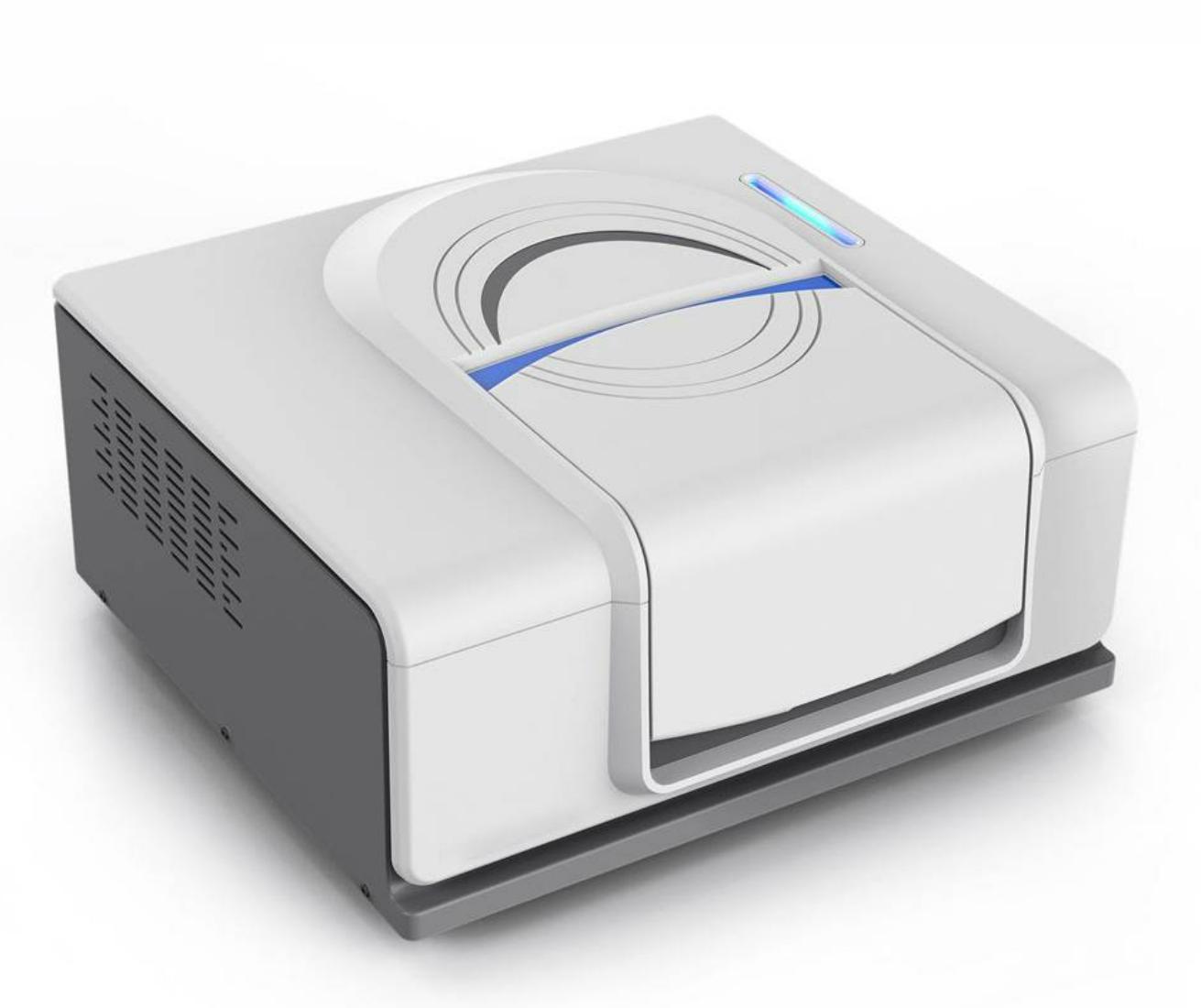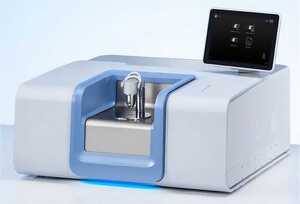Key Points You Should Know About Fourier Transform Infrared Spectroscopy (FTIR)
Body
Fourier Transform Infrared Spectroscopy (FTIR), also known as FTIR Spectroscopy or Fourier Infrared Spectroscopy, is a type of infrared spectrometer that operates on the principle of Fourier transform of infrared light after interference.

The FTIR spectrometer functions by splitting light from a light source into two beams using a beam splitter, similar to a half mirror. One beam is directed towards a moving mirror, while the other beam is reflected by a fixed mirror. These two beams of light are then reflected back to the beam splitter, resulting in an optical path difference and causing interference.
After passing through the beam splitter, the converged interference light passes through a sample cell. As the light travels through the sample, it carries information about the sample's composition. The detector receives the interference light containing the sample information, which is then subjected to Fourier transformation to obtain the transmittance and absorbance at specific wavenumbers or wavelengths.
FTIR spectrometers possess several notable features:
High signal-to-noise ratio: Due to the minimal use of optical components and the absence of a grating or prism beam splitter, FTIR spectrometers reduce light loss and enhance signal strength through interference, resulting in a higher signal-to-noise ratio.
Excellent reproducibility: Fourier transform processing of the light signal in FTIR spectrometers avoids errors associated with motor-driven grating light splitting, leading to improved reproducibility.
Rapid scanning speed: FTIR spectrometers collect data across the entire waveband, and the resulting spectrum is an average of multiple data collections. Consequently, a complete data collection can be accomplished in a matter of seconds, while dispersive instruments only test a narrow frequency range at any given moment, requiring ten to twenty minutes for a complete data acquisition.
Infrared spectroscopy, including FTIR, offers numerous advantages, such as its versatility in analyzing various sample states (solid, liquid, or gas) and its broad application range in detecting inorganic, organic, and polymer compounds. It is a non-destructive analytical technique with high sensitivity, rapid analysis, minimal sample consumption, ease of operation, and powerful qualitative capabilities when combined with chromatography or thermal analysis.
FTIR spectrometers are capable of addressing several analytical challenges, including:
Identification of known objects.
Structural identification of unknown substances.
Quantitative analysis of specific materials.
Micro-infrared analysis of trace substances on product surfaces, such as residues, powders, liquids, oxidation, corrosion, and foreign components.
Polymer consistency determination, where FTIR excels due to the distinctive spectral peaks corresponding to different groups and arrangements of groups in various substances. Comparing infrared spectra allows for differentiation between compounds in samples and the determination of material consistency. Comprehensive analysis of component content, physical and chemical properties, etc., alongside FTIR, enhances consistency analysis results.FTIR spectrometers find applications in various fields, including the analysis of unprocessed plastic raw materials (granules) or processed plastic parts like housings and printed circuit boards (PCBs).
The primary objectives of material consistency determination with FTIR are:
Troubleshoot product abnormalities by examining material aspects.
Monitor product consistency, ensuring the presence of the same ingredients, batch, and manufacturer.
Effectively control the use of recycled materials or scraps by plastic material suppliers.
Perform reverse analysis of products, accurately identify unknown materials, and achieve cost savings.











Comments